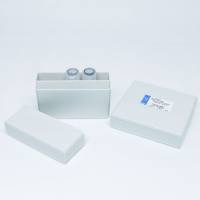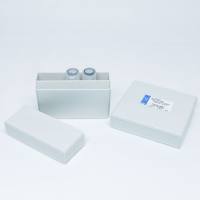Immunochemical Measurement of Complement Components and Activation Products
互联网
互联网
相关产品推荐

AGER/AGER蛋白/Receptor for advanced glycosylation end products蛋白/Recombinant Human Advanced glycosylation end product-specific receptor (AGER), partial重组蛋白
¥69

Recombinant-Thermoanaerobacter-thermosulfurogenes-Probable-starch-degradation-products-transport-system-permease-protein-AmyDamyDProbable starch degradation products transport system permease protein AmyD
¥11382

AGER/AGER蛋白Recombinant Human Advanced glycosylation end product-specific receptor (AGER)重组蛋白(Receptor for advanced glycosylation end products)蛋白
¥1368

AGER抗体AGER兔多抗抗体Receptor for advanced glycosylation end products antibody抗体AGER Antibody抗体
¥440

AGER抗体AGER兔多抗抗体Receptor for advanced glycosylation end products antibody抗体AGER Antibody, HRP conjugated抗体
¥880

